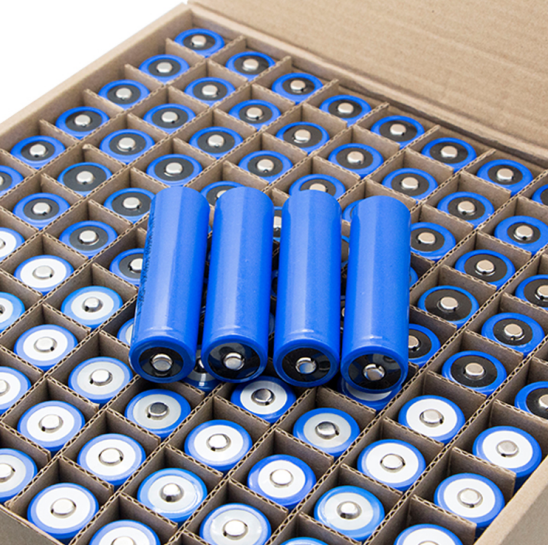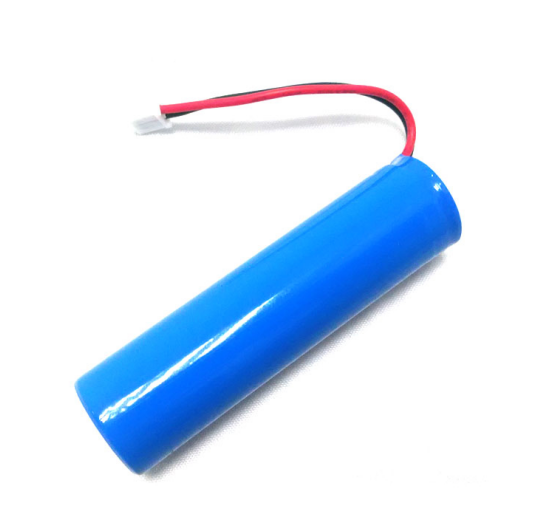Introduction:
The 18650 lithium-ion battery, a standard form factor in rechargeable battery technology, has gained significant prominence across a myriad of industries due to its high energy density, rechargeability, and versatility. This cylindrical cell, measuring 18mm in diameter and 65mm in length, plays a pivotal role in powering portable electronics, electric vehicles, and energy storage systems. This article provides a comprehensive overview of the 18650 battery’s technical specifications, applications, safety considerations, and maintenance practices.

**Technical Specifications and Advantages:**
1. **Energy Density:** 18650 batteries boast a high energy-to-weight ratio, allowing them to store a large amount of energy in a relatively compact space. This characteristic is crucial for devices demanding extended operational hours without compromising portability.
2. **Voltage and Capacity:** These batteries typically operate at a nominal voltage of 3.7V, with capacities ranging from 1800mAh to over 3500mAh, depending on the manufacturer and chemical composition. Higher capacity cells enable longer runtimes for high-drain devices.
3. **Cycle Life:** Quality 18650 cells can endure hundreds to thousands of charge-discharge cycles before their capacity significantly degrades, ensuring a long service life.
4. **Fast Charging:** Advanced charging technologies allow for rapid charging, with some cells supporting up to 5A or more charge rates, significantly reducing downtime.
**Applications:**
1. **Consumer Electronics:** From laptops to smartphones and high-performance flashlights, 18650 batteries are ubiquitous in portable devices requiring high energy output.
2. **Electric Vehicles (EVs) and E-Bikes:** In modular battery packs, multiple 18650 cells combine to provide the necessary power for EV propulsion and e-bike motors.
3. **Power Tools:** Cordless drills, saws, and other power tools rely on 18650 batteries for their high power output and long-lasting performance.
4. **Energy Storage Systems (ESS):** Grid-scale and residential ESS incorporate 18650 batteries for efficient energy storage, supporting renewable energy integration and backup power supplies.
**Safety Considerations:**
1. **Thermal Runaway:** 18650 cells are susceptible to thermal runaway if overheated or physically damaged, potentially leading to fires or explosions. Proper ventilation and temperature monitoring are essential.
2. **Protection Circuit Module (PCM):** Most 18650 batteries come equipped with a PCM to prevent overcharging, overdischarging, and short circuits, enhancing safety.
3. **Handling and Transportation:** Special precautions must be taken during transportation and handling to avoid short circuits and mechanical damage.
**Maintenance and Usage Guidelines:**
1. **Storage:** Store batteries in a cool, dry place at a charge level of around 30% to 50% to minimize degradation over time.
2. **Regular Inspection:** Check for signs of physical damage, swelling, or leakage before use or charging.
3. **Use Compatible Chargers:** Always utilize chargers designed specifically for 18650 batteries to ensure safe and efficient charging.
4. **Temperature Control:** Avoid exposing batteries to extreme temperatures, as both heat and cold can affect performance and longevity negatively.

Conclusion:
The 18650 lithium-ion battery, with its exceptional energy density and rechargeability, has revolutionized the portable power industry. Understanding its specifications, appreciating its diverse applications, implementing strict safety measures, and adhering to maintenance protocols are fundamental to harnessing its full potential while mitigating risks. As technology advances, continuous innovation in 18650 batteries promises even greater performance and safety, further solidifying their position as a cornerstone in modern energy storage solutions.
Post time: May-26-2024




